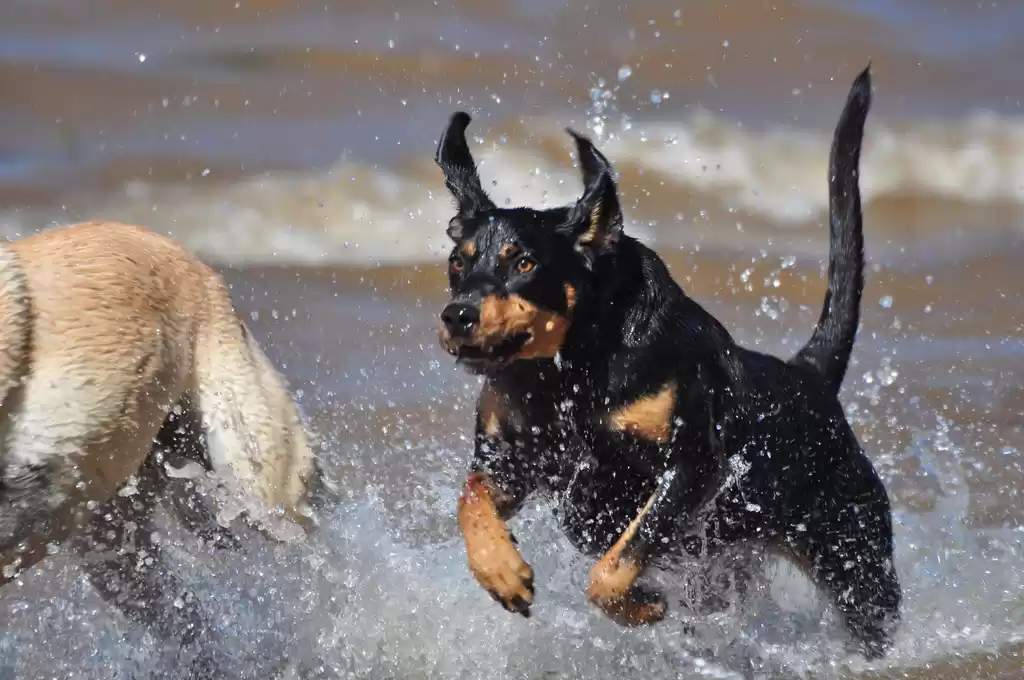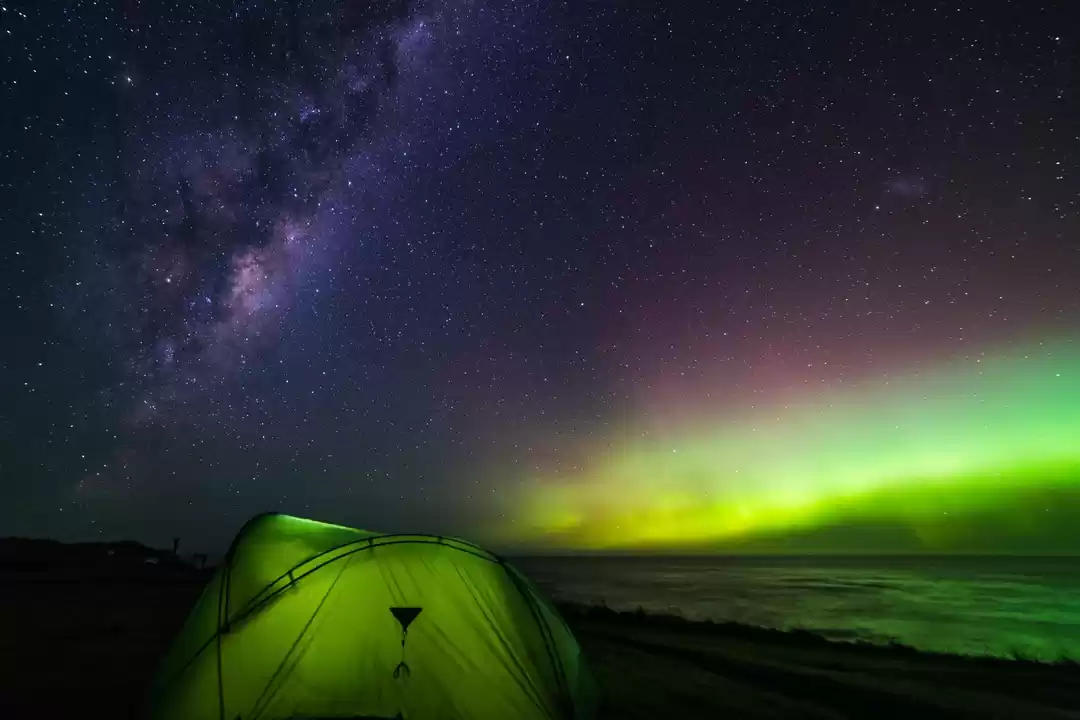Iceland, the unreal, fantastical land that has become the top wishlisted tourist destination for every kind of traveller out there. A country of sharp contrasts, Iceland will definitely leave an impression on you. Beautiful landscapes, gorgeous sights and multiple Instagram-worthy places to check out, Iceland keeps on giving and giving. Read more about Iceland on our travel guide.

However, maximum people travel to Iceland to spot the mysteriously magical Aurora Borealis or Northern Lights! But they are a natural phenomena and no matter the amount of planning you do, there is always a chance that you will miss them. And that can dampen the entire trip's experience. Therefore, we bring you something, that is not dependent on weather but is actually viewable the entire year: Surtsey Island!C

Surtsey is a piece of land in Iceland, that formed in 1963, after a huge volcanic eruption that lasted for three years. Surtsey is the southernmost point of Iceland, and an island 155 m (509 ft) above sea level.
Why travel to Surtsey
What makes Surtsey a fascinating place is that it is forbidden. Yes, no one is allowed to visit the island except for a few scientists, and that too for a limited period of time. The reason behind banning any visitation to the island was that the scientists wanted to study the how an ecosystem forms itself from scratch, without any human impact. They decided to treat the island as a new 'planet' and began understanding how a new ecosystem slowly and gradually develops over a period of time.

It has been 55 years since the island was formed and there are a few plants and animal life that have emerged on the island. In the spring of 1965, around two years after the formation of the island, the first vascular plant was found growing on the northern shore of Surtsey, mosses became visible in 1967, and lichens were first found on the Surtsey lava in 1970. Birds first began nesting on Surtsey three years after the eruptions ended, with fulmar and guillemot the first species to set up home. Twelve species are now regularly found on the island. Birds have played a pivotal role in developing the plant life on the island by distribution of seeds through excrements. Soon after the island's formation, seals were seen around the island. They soon began basking there, particularly on the northern spit, which grew as the waves eroded the island. Seals were found to be breeding on the island in 1983, and a group of up to 70 made the island their breeding spot. Even orcas are seen frequenting around the island. Insects also arrived on the island in 1964, some carried over by strong winds, some washed ashore via water.
The presence of these fauna have made somewhat a complete food chain on the island. Insects feed from the plants, birds feed on the insects, seals feed on the birds, orcas feed on the seals and eventually the excretions help develop the plant life further on the island, making it a complete circle.
Currently, only scientists are allowed on the island, and that too only a few at a time, for a limited number of hours. Before entry to the island, each scientist is thoroughly checked so they won’t carry any foreign seeds in on themselves. An interesting incident happened when scientists found tomatoes growing on the island. Since that was a seed that couldn't have been transported via birds, investigation began. It was found out that the tomato plant was a result of a scientist taking an unauthorised dump on the island, dropping some tomato seeds. The plant was immediately removed so as to study the uninterrupted growth of the ecosystem.

When to go
Since you can't actually visit the Surtsey island, and the only way to see it is from a distance, the best time to go would be when the weather is calm and there are no strong winds or mists blocking the view of the island.
Getting there
Since you can't visit the island itself, there is a Surtsey Visitor Centre, that has been developed on mainland, to give the visitors an idea about the island and help them understand it's formation and progress. The centre opened in 2014, 51 years after the emergence of the island. The centre is now part of the fascinating Eldheimar museum in Heimaey, Westman Islands.

Reaching Heimaey, Westman Islands
You can take a ferry from Landeyjahöfn, located on a southern tip of Iceland, to Westman Islands. You can either drive to Landeyjahöfn or take a bus from Reykjavik.
Where to stay
You can stay on Westman Islands at Puffin Nest Capsule Hostel or Aska Hotel. You can check out more options here.


Have some tips or travel-related questions? Visit the community forum to ask questions, get answers, meet other travellers, and share your advice.
Frequent Searches Leading To This Page:-
surtsey island formation, surtsey island iceland, surtsey island today

























